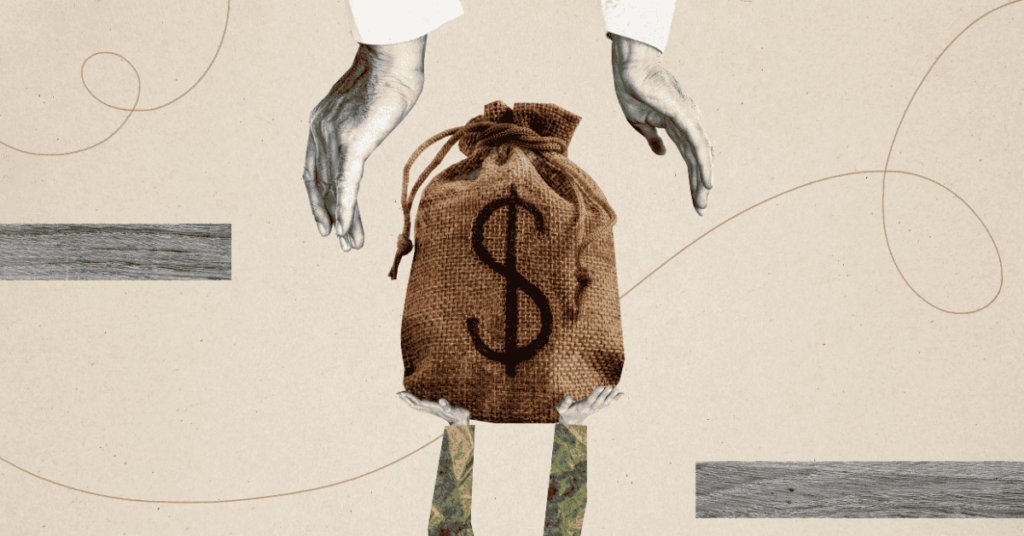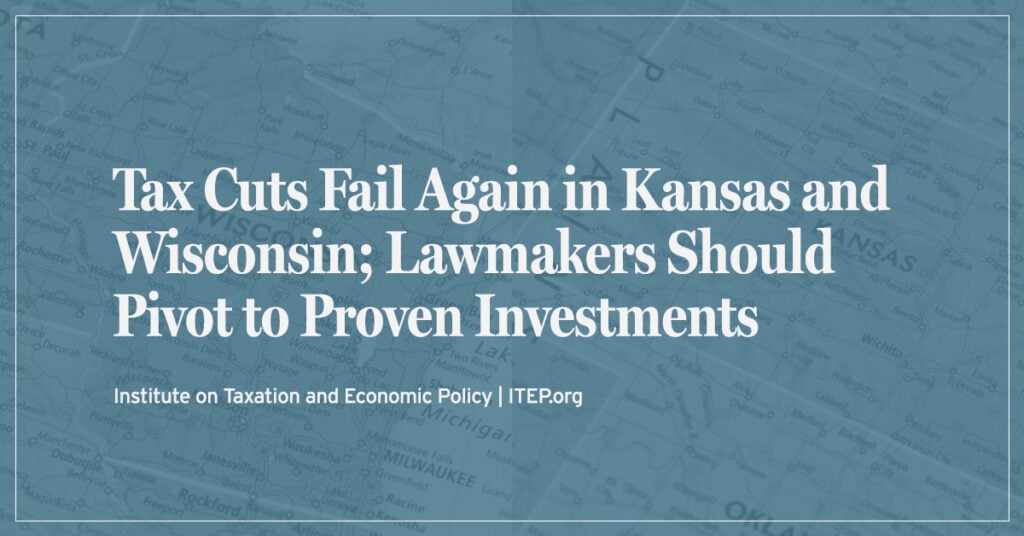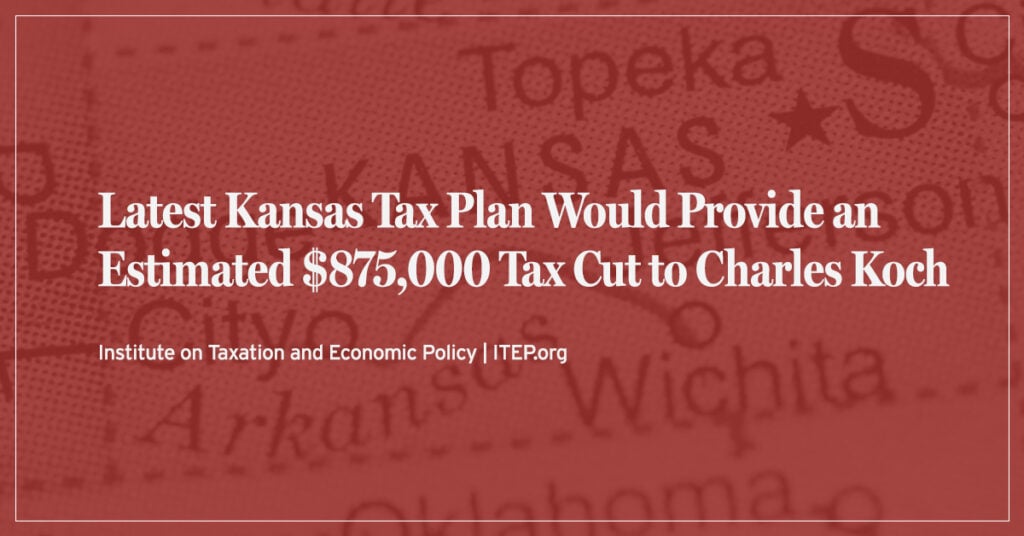By John Hanna
Associated Press / May 9, 2012
TOPEKA, Kan.—Members of the Kansas Senate expected their vote to be close Wednesday on proposed income and sales tax cuts, with critics pointing to a national think tank’s analysis that the plan would shift part of the state’s tax burden from its wealthiest residents to its poorest.
The Senate scheduled its up-or-down vote Wednesday afternoon. The plan, drafted by negotiators for the two chambers, is expected to provide about $60 million in tax relief for the fiscal year beginning July 1, with the total eventually rising to about $600 million annually.
The plan reduces individual income tax rates; phases out income taxes for 191,000 partnerships, sole proprietorships and other businesses, and drops the state’s sales tax to 5.7 percent in July 2013 from its current 6.3 percent. It also makes numerous other changes, eliminating or restricting some tax breaks, including several targeted to poor and working-class families.
If senators pass the plan, the House would vote, possibly as early as Wednesday evening, and its approval would send the measure to Republican Gov. Sam Brownback, who already has endorsed it. Brownback has pushed the GOP-controlled Legislature to reduce income taxes to stimulate economic growth, while skeptics worry the cuts will create future budget problems.
And the Washington-based Institute on Taxation and Economic Policy issued a report Tuesday saying the plan would result on average in a small tax increase for Kansans earning less than $20,000 a year, while Kansans earning more than $400,000 would receive the biggest tax cut. The analysis bolstered the misgivings of Democrats and some Republicans.
“It’s just the same song and dance,” said Senate Minority Leader Anthony Hensley, a Topeka Democrat. “It’s asking poor people, basically, to finance a tax cut for the wealthy and for businesses.”
The institute is a research group advocating progressive tax codes, and its board includes Robert Reich, a former U.S. labor secretary under Democratic President Bill Clinton.
Legislators were still waiting early Wednesday to see whether Brownback’s administration would issue its own analysis of how the tax plan would affect different groups of taxpayers. The Legislature’s research staff has projected that even with the tax cuts, the state would have a budget surplus at least through June 2018.
House Speaker Mike O’Neal, a Hutchinson Republican, said the plan isn’t weighted toward wealthy taxpayers. He noted the plan would drop all individual income tax rates and argued the sales tax cut will help poor and working-class families. Also, he said, the business tax break is targeted to small, less-wealthy firms.
“Everybody gets a tax cut,” O’Neal said.
Republicans have large majorities in both chambers, and Brownback has made reducing taxes his signature issue in an election year. Still, Senate Majority Leader Jay Emler, a Lindsborg Republican, wouldn’t predict the outcome in his chamber, except to say the margin either way is likely to be narrow.
“There are just a lot of concerns about the different pieces,” he said.
Brownback initially sought to make the state’s individual income tax code simpler and, in his view, fairer. He advocated cutting rates and helping businesses, but he offset those reductions by eliminating tax credits and deductions. Also, to limit the effects on the state budget, he proposed keeping the sales tax at 6.3 percent.
Lawmakers jettisoned his proposals to eliminate an income tax credit for poor workers and popular deductions for charitable contributions and interest payments on home mortgages — all moves increasing their plan’s potential future effects on the budget.
But their plan eliminated a refund home and apartment renters can receive against the property taxes built into their monthly bills. And it would make tax filers choose between the income tax credit for poor workers or a refund of sales taxes they pay on groceries. Currently, some filers qualify for the renters’ refund, the sales tax refund and the tax credit for poor workers.





